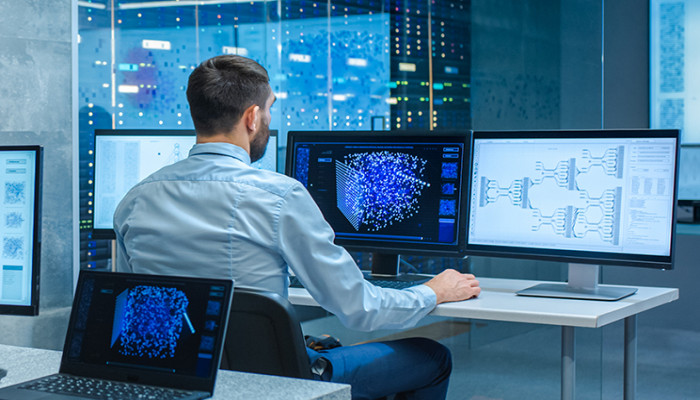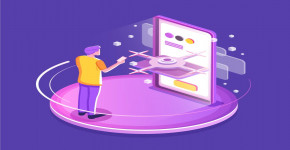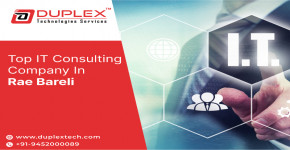 Launch apps instantly. Claim $200 credits on DigitalOcean
Launch apps instantly. Claim $200 credits on DigitalOcean
Top 10 Tools Every IT Admin Should Use in 2024
Written by Bhushan Dhakate » Updated on: January 03rd, 2024

IT admin jobs are becoming more complicated. IT admin have an important part in maintaining an organization's technical backbone, from managing networks and ensuring cybersecurity to identifying and improving systems. IT administrators depend on a range of strong tools to efficiently navigate this complex environment. In this article, we will look at the fundamental tools that allow IT administrators to optimize operations, improve security, and ensure the smooth running of IT infrastructure.
Mobile Device Management Tool:
Mobile Device Management tools are essential for IT admins tasked with overseeing a fleet of mobile devices. These tools, such as CubiLock EMM, empower administrators to efficiently manage and secure mobile devices across an organization. MDM solutions enable application deployment, enforce security and helps in managing multiple Android devices remotely. With features like remote wipe and device tracking, IT admins can mitigate security risks and maintain control over the mobile ecosystem, enhancing productivity and minimizing potential vulnerabilities in the ever-expanding realm of mobile technology.
Network Monitoring Tool:
Effective network monitoring is fundamental of IT admin. Tools like SolarWinds Network Performance Monitor and PRTG Network Monitor provide real-time insights into network performance, helping administrators identify bottlenecks, track bandwidth usage, and troubleshoot connectivity issues promptly. These tools enable proactive management, preventing potential disruptions before they impact users.
System Management and Deployment:
IT admins often find themselves responsible for deploying and managing a multitude of systems across an organization. Tools like Microsoft System Center Configuration Manager (SCCM) and Ansible automate system deployment, configuration, and management tasks. These tools streamline workflows, ensuring consistency and efficiency in system administration.
Security Information and Event Management (SIEM) Solutions:
IT admins must prioritize security. SIEM solutions like Splunk and IBM QRadar aggregate and analyze security data from various sources, providing a comprehensive view of the organization's security posture. These tools empower IT administrators to detect and respond to security incidents promptly, fortifying the organization's defenses against cyber threats.
Remote Management Tool:
The rise of remote work has amplified the need for robust remote management tools. Platforms like TeamViewer and Remote Desktop Manager facilitate secure remote access and control, allowing IT admins to troubleshoot issues, perform updates, and manage systems from anywhere. These tools enhance flexibility and responsiveness in IT administration.
Patch Management Software:
Keeping software and systems up to date is critical for security and performance. Patch management tools such as WSUS (Windows Server Update Services) and Ivanti automate the process of deploying patches and updates across the organization. IT admins can schedule updates, ensuring minimal disruption to operations while safeguarding against vulnerabilities.
Backup and Disaster Recovery Solutions:
Data loss can be serious issue for any organization. Robust backup and disaster recovery solutions like Veeam and Acronis ensure data resilience by automating backups and providing quick recovery options. IT admins can implement comprehensive backup strategies to safeguard critical data and minimize downtime in the event of a disaster.
Virtualization Platforms:
Virtualization has become a fundamental aspect of modern IT infrastructure. Platforms like Microsoft Hyper-V empower IT admins to create and manage virtual environments efficiently. These tools enhance resource utilization, scalability, and flexibility, allowing organizations to optimize their IT resources.
Collaboration and Communication Tool:
Facilitating seamless communication and collaboration is essential for organizational productivity. Tools like Microsoft Teams and Slack provide IT admins with the means to manage communication platforms effectively. These platforms integrate with various applications, streamline collaboration, and enhance team coordination.
Monitoring and Analytics Tool:
Comprehensive monitoring and analytics tools are indispensable for gaining insights into system performance and user behavior. Solutions like Google Analytics enable IT admins to track performance metrics, identify trends, and make informed decisions for optimizing IT infrastructure and user experience.
Conclusion:
The range of tools available to IT admins for navigating the intricate landscape of technology. From network monitoring and security solutions to collaboration and mobile device management tools, these resources empower IT admins to streamline operations, enhance security, and ensure the seamless functioning of IT infrastructure. By strategically leveraging these tools, IT administrators play a important role in enhancing organizational stability and addressing digital challenges effectively.
Copyright © 2024 IndiBlogHub.com Hosted on Digital Ocean









Post a Comment
To leave a comment, please Login or Register